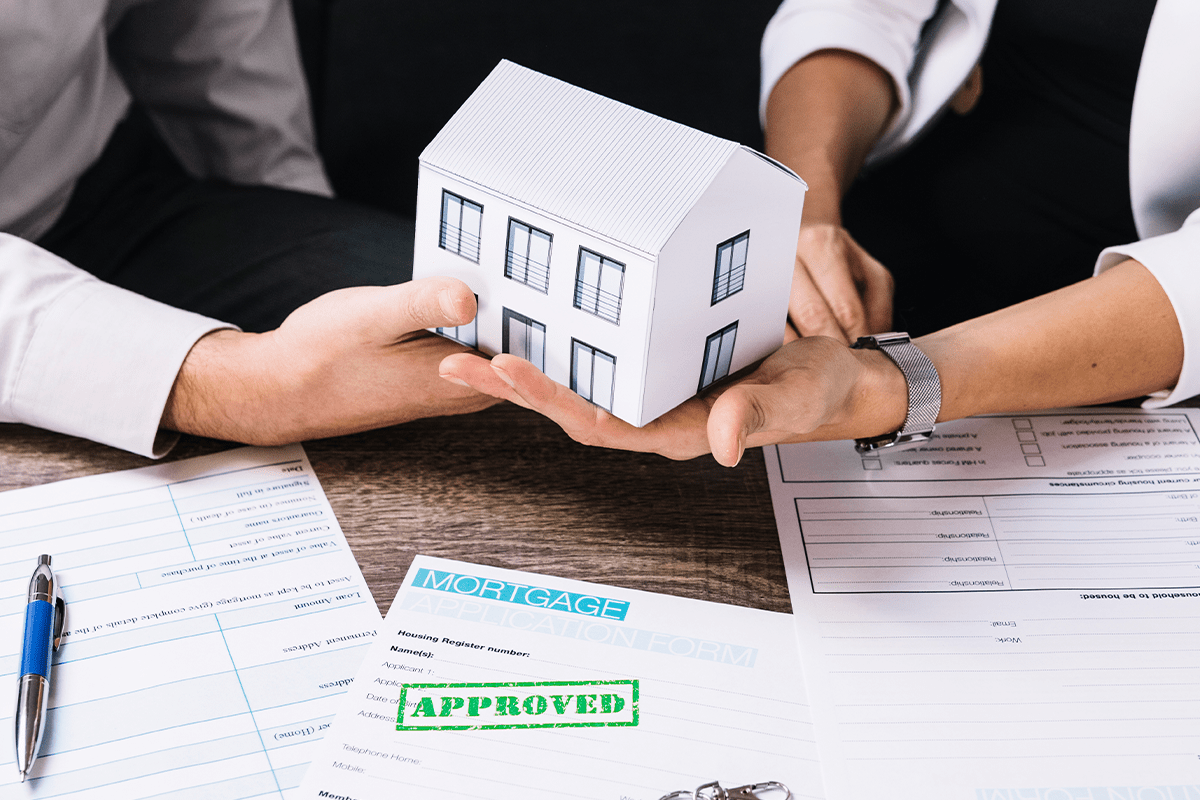
From Application to Closing: Mortgage Timeline Explained
Understanding the Home Loan Process Made Simple
Buying a home is a big step that involves many details. It takes time, planning, and the right information. While the journey may seem overwhelming at first, each step has a purpose. Understanding the Mortgage Timeline Explained can help reduce confusion and ease the process. With the right guidance, everything becomes smoother and less stressful.
Step 1: What Happens Right After You Apply
The moment you submit your mortgage application, the process begins. The lender reviews your credit, income, and financial documents. This is called the pre-approval or initial review stage.
Next, your file goes to a loan officer or processor. They gather additional paperwork and ensure everything is accurate. At this point, being organized makes a big difference.
From Application to Closing: Mortgage Timeline Explained
After the lender reviews your file, you may receive a pre-approval letter. This letter shows sellers you are a serious buyer. It also outlines how much you may be able to borrow.
Now, you can start looking for a home that fits your budget. Once you find the right one and make an offer, the next phase begins.
Step 2: The Offer and the Purchase Agreement
Once the seller accepts your offer, you sign a purchase agreement. This agreement includes the terms of the sale, such as price and closing date.
The lender now begins processing your loan more seriously. They may request more documents, such as bank statements or updated income proofs. During this time, it’s essential to respond quickly to avoid delays.
From Application to Closing: Mortgage Timeline Explained in the Processing Stage
Processing is when your lender prepares your file for underwriting. They verify your information, check your credit again, and may order an appraisal.
The appraisal tells the lender the current value of the home. This step is critical because the lender won’t lend more than the home is worth.
Also, a title company runs a title search to confirm that the property has no legal issues.
Step 3: The Underwriting Review
Underwriting is the most detailed part of the mortgage process. The underwriter looks at all your documents and verifies if you meet lending requirements.
They check for red flags like missing information, large cash deposits, or inconsistent income. If needed, they may ask for more documents.
Even though this step can be stressful, it ensures that the loan is safe for you and the lender.
From Application to Closing: Mortgage Timeline Explained for First-Time Buyers
First-time homebuyers often have many questions during underwriting. It’s helpful to work with a responsive loan officer. They can explain why certain documents are needed.
Sometimes, the underwriter gives a conditional approval. This means the loan will be approved once you provide certain documents.
Step 4: Final Loan Approval
Once you meet all conditions, the lender issues a final loan approval. This means your mortgage is nearly ready to close.
Next, the lender prepares your Closing Disclosure. This is a five-page document that outlines your final loan terms and closing costs.
You must receive this at least three days before your closing date.
From Application to Closing: Mortgage Timeline Explained with Realistic Expectations
Delays are common in the mortgage process. However, being prepared and responsive helps keep things on track.
If your documents are complete and accurate, approval can happen faster. Still, expect the entire process to take 30 to 45 days on average.
Step 5: Closing the Deal
The final step is the closing appointment. You’ll meet with your real estate agent, lender, and possibly a closing attorney.
At this meeting, you sign all the loan documents. You also pay your closing costs and down payment.
Once everything is signed and processed, the loan is officially complete. The home is now yours!
From Application to Closing: Mortgage Timeline Explained in 5 Clear Steps
Let’s recap the five main steps:
-
Application – Submit your financial details for pre-approval.
-
Offer Accepted – Sign the purchase agreement and start processing.
-
Underwriting – Get your loan file reviewed and conditionally approved.
-
Final Approval – Receive closing documents and schedule closing.
-
Closing Day – Sign papers and get your keys.
These steps help you move from application to ownership.
Ease Your Concerns
Each phase may feel slow or confusing. However, lenders must follow strict rules to protect you. These checks are in place to ensure you can afford the home.
With the help of a good mortgage team, the process becomes more manageable. Ask questions, stay involved, and don’t hesitate to follow up.
From Application to Closing: Mortgage Timeline Explained with Helpful Tips
Here are some practical tips to keep your mortgage on track:
-
Keep your credit stable (don’t open new accounts).
-
Respond quickly to document requests.
-
Avoid making large purchases.
-
Review your Closing Disclosure carefully.
Doing these things helps avoid last-minute issues.
From Application to Closing: Mortgage Timeline Explained for Busy Professionals
If you’re working full-time, consider digital mortgage platforms. Many lenders now allow you to upload and sign documents online.
This makes the process faster and more convenient. Even if you’re busy, you can still stay on top of your mortgage timeline.
Final Thoughts
Buying a home doesn’t have to be overwhelming. With a clear roadmap, the mortgage journey becomes much easier.
The key is preparation, communication, and understanding each step. Now that you’ve read this guide, you know exactly what to expect.
Whether you’re a first-time buyer or moving to a new home, this guide to “From Application to Closing: Mortgage Timeline Explained” helps you plan ahead with confidence.
read more blogs




